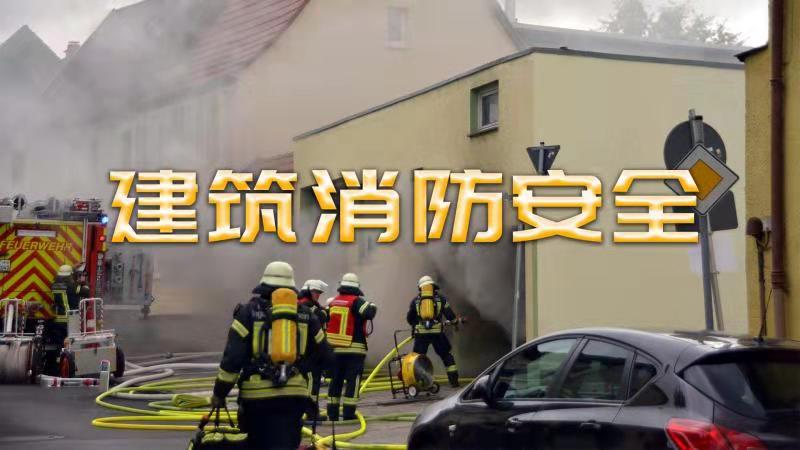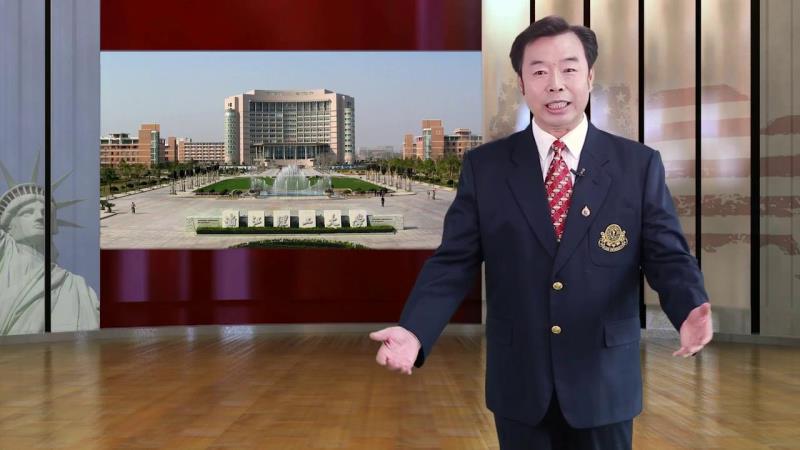
当前课程知识点:Traditional Chinese Medicine > Chapter 2 Philosophical Basis of TCM > Section 3 Five-Element Theory > Five-Element Theory
返回《Traditional Chinese Medicine》慕课在线视频课程列表
返回《Traditional Chinese Medicine》慕课在线视频列表
Hello everyone
Today we’ll study the third section of chapter 2
As we have talked about
that the qi monism theory
yin-yang theory and five element theory
have all become the philosophical bases
since they were introduced
into the TCM theoretical system
As one of the element of the Chinese culture
Chinese philosophy has greatly influenced
the development of TCM
For today’s class
we are going to see the five-element theory
The ancient Chinese people recognized that
Wood fire earth metal
and water were the most necessary elements
and these were first known as the five matters
The five matters have been considered
as basic substances
to constitute the universe and they are also daily used by people
For example water and fire are used for cooking
metal and wood are used for
cultivating earth gives birth to all things
Based on the five matters
the ancient philosopher abstracted
the concept of five element
from the abstract original qi of the universe
The five elements are used to describe the characteristics
and interrelationships of the five categories of matters
and phenomena
They are not used to refer to the concrete
and visible natural materials
when all the elements are used
as the specific five-element
The theory resulted from the observations
and studies of the natural world
by the ancient Chinese people in the course of their lives
and productive labor
After a long time of observations
and studies of the five elements of
wood fire earth metal and water
the ancient philosopher developed the five-element theory
The five-element theory is
an ancient philosophical thought
which studies the connotations characteristics classification
and relationships of generation
and restriction of the five elements of
wood fire earth metal and water
Through observation
the ancient people discovered
the respective characteristics of the five elements
And the application of the theory is based on
the characteristics of each element
Let’s see the five elements one by one
With the developing and applying of
five-element theory
ancient people recognize
that everything in the universe might be respectively attributed
to one of the five elements
For instance
wood has the nature of growing freely and unfolding
So anything that is similar to the characteristics
is attributed to the category of wood
Fire has the nature of flaring up
Thereby the things similar to the nature of fire
are classified into the attribute of fire
Earth has the nature of giving birth to all things
Thus those possess the nature of earth
are attributed to earth
Metal has the nature of purifying and descending
Hence those with the nature of metal
can be attributed to metal category
Water has the nature of
moistening and flowing downwards
For this reason
the things that have moistening downward movement
and coldness correspond to water
The methods people used to classify things
or phenomena into the five-element system
include direct method and indirect method
Let’s take the five zang organs as an example
to see how does the direct method work
The liver prefers to grow freely
and dislike depression
So it is correspondent with wood
The heart pumps blood to warm the body
So it is correspondent with fire
The spleen is responsible for transforming
and transporting cereal nutrients
to all parts of the body
So it is correspondent with earth
The lung is marked by the functions
of purification and descending
So it is correspondent with metal
The kidney is in charge of storing essence
and governing water
So it is correspondent with water
Liver is attributed to wood by using the direct method
Other organs and tissues
like gallbladder eyes
tendon tear and fingernail
they all belong to the liver system
according to the visceral manifestation knowledge
Therefore all the organs and tissues
we mentioned above attribute to the wood system
This method used here is indirect method
Among the five-elements
there exist the relationships
of generation and restriction
Generation means that one kind of things
can promote aid or bring forth another i. e
wood generates fire fire generates earth
earth generates metal metal generates water
and water in turn generates wood
Each of the five elements contains
the dual nature -being generated and generating
This relationship of the five elements
is called the "mother-child" relationship
The element that generates is called the "mother"
while the element that is generated
is called the "child"
Take wood as example
because wood produces fire
it is the mother of fire
but it is produced by water
so it's water's child
Restriction means bringing
under control or restraint
The order of restriction goes as follows
wood restricts earth earth does water
water does fire fire does metal
and metal in turn does wood
Any one of the five elements
has two aspects-being restricted and restricting
For example the element restricting wood is metal
and the element that is restricted by wood is earth
In TCM the five-element theory
as a theoretical tool
is used to explain different kinds of medical problems
by analogizing and deducing
their properties and interrelations
It also used to guide
clinical diagnosis and treatment
About constructing five systems centered
on five zang organs
Just as we talked about
the liver belongs to wood system
by using the direct method
The eyes tendon fingernails and gallbladder
are all closely related with liver
so all the tissues and fu organs
we mentioned belong to the liver system
that is wood system
The five-element theory is used to
explain the interrelationships among five zang organs
Let’s take liver as an example again
wood generating fire
corresponds with liver blood
nourishing heart and so on
The five-element theory is also used to
describe the pathological changes of zang fu organs
Still we take liver as an example
Based on the generation relationship
liver generates heart
so liver is the mother organ
and heart is the child organ
when the function of liver is disorder
can affect the function of heart
Liver as the child organ of kidney
the function of liver can be affected
by the disorder of kidney
Based on the restriction relationship
liver restricts the spleen and be restricted by lung
so the disorder of liver can affect
the function of spleen in an over-restriction manner
while affect the lung function
in a counter-restriction manner
For guiding the treatment in the generation order
it is need to tonify the mother-organ
to treat deficiency if the mother-organ affects child-organ
However it is needed to reduce
the excess of child organ
if disorder of child-organ affects mother-organ
In the restriction order
inhibiting excessiveness will be selected
for treating the syndrome of over-restriction
while supporting weakness will be used
for treating the deficiency of controlled organ
In summary
the five elements have been considered as
basic substances to constitute the universe
and they are also indispensable for life
The five-element theory was introduced into TCM
and was used to explain
the physiological characteristics of five zang organs
and construct physiological and pathological system
centered on five zang organs
That’s all for today
see you next class
-Section 1 General Introduction
--General Introduction
-Section 2 Basic Characteristics of TCM
--Basic Characteristics of TCM
--Basic Characteristics of TCM
-Section 1 Unity of Qi
--Unity of Qi
-Section 2 Yin-Yang Theory
--Yin-Yang Theory
-Section 3 Five-Element Theory
--Five-Element Theory
-Section 1 Overview of Visceral Manifestation
--Overview of Visceral Manifestation
--Overview of Visceral Manifestation
-Section 2 Five Zang Organs
--Five Zang Organs
-Essence, Qi, Blood and Body Fluid
--Essence, Qi, Blood and Body Fluid
--Essence, Qi, Blood and Body Fluid
-Section 1 Etiology of TCM
--Etiology of TCM
-Section 2 Pathogenesis of TCM
--Pathogenesis of TCM
-Section 1 Inspection of Tongue
--Inspection of Tongue
-Section 2 Pulse Taking
--Pulse Taking
-Section 1 Syndrome Differentiation
--Syndrome Differentiation
-Section 2 Therapeutic Principles and Methods
--Therapeutic Principles and Methods
--Therapeutic Principles and Methods
-section 1 four natures and five flavors
--four natures and five flavors
--dicussion of four natures and five flavors
-section 2 four directing actions of chinese medicinal herbs
--four directing actions of chinese medicinal herbs
--discussion works
-section 3 compatibilities of chinese medicinal herbs
--compatibilities of chinese medicinal herbs
--discussion works
-section4 diaphretics
--works
-section5 Interior Warming Chinese Medicinal Herbs
--Interior Warming Chinese Medicinal Herbs
--works
-section6 restorative Chinese Medicinal Herbs
--Restorative Chinese Medicinal Herbs
--works
-section 1 general intorduction of prescription
--general intorduction of prescription
--discussion works
-section 2 Prescriptions for Relieving Exterior Syndromes
--Prescriptions for Relieving Exterior Syndromes
--works
-section 3 prescription for Warming the Interior
--prescription for Warming the Interior
--discussion works
-section4 tonic prescription--Prescriptions for invigorating qi
--tonic prescription---Prescriptions for invigorating qi
--discussion works
-section5 tonic prescription--prescriptions for nourishing blood and nourishing yin
--prescriptions for nourishing blood and nourishing yin
--discussion works
-section6 peptic prescription
--discussion works
-Section 1 Cold
--Cold
--Cold
-Section 2 Headache
--Headache
--Headache
-Section 3 Stomachache
--Stomachache
-Section 4 Insomnia
--Insomnia
--Insomnia


